Anthozoa
Classification and Evolution
Anthozoa is a class within the phylum Cnidaria, which also includes other marine animals such as jellyfish and sea anemones. The term "Anthozoa" comes from the Greek words "anthos" meaning flower and "zoa" meaning animals, referring to their flower-like appearance. Anthozoans are distinguished from other cnidarians by their polyp stage, which is the dominant and permanent phase of their life cycle.
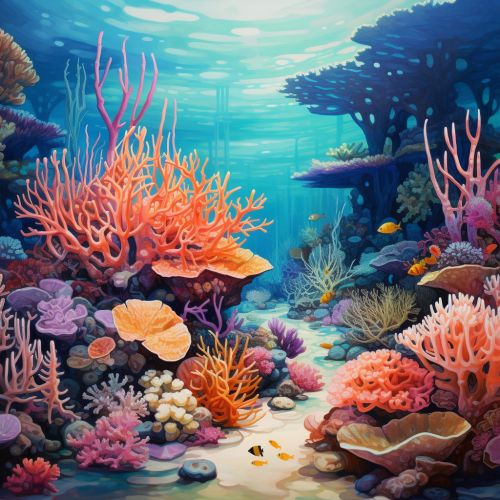
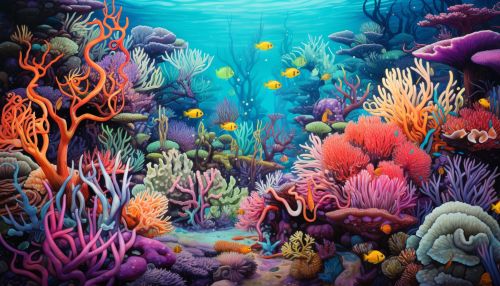
Anthozoans first appeared in the fossil record during the Ordovician period, approximately 485 million years ago. They have since evolved into a diverse group of marine invertebrates, with over 6,000 species identified to date. This includes the well-known corals and sea anemones, as well as lesser-known groups such as sea pens and gorgonians.
Anatomy and Physiology
Anthozoans have a simple body structure, consisting of a sac-like body, a mouth surrounded by tentacles, and a columnar body. The mouth leads to a gastrovascular cavity, which serves both digestive and circulatory functions. The tentacles are equipped with specialized cells called cnidocytes, which contain stinging organelles known as nematocysts.
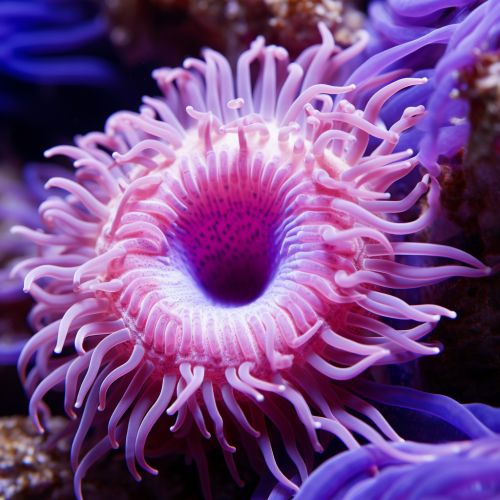
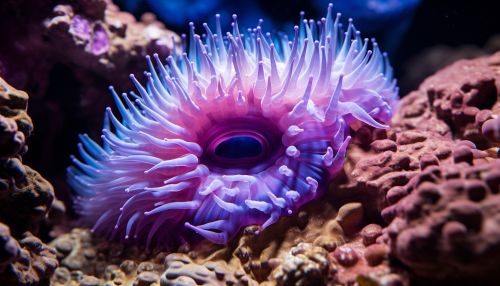
The body wall of anthozoans is made up of two layers: the outer epidermis and the inner gastrodermis. Between these two layers is the mesoglea, a gelatinous substance that provides structural support. Anthozoans exhibit radial symmetry, meaning their body parts are arranged around a central axis.
Reproduction
Anthozoans can reproduce both sexually and asexually. Sexual reproduction involves the release of eggs and sperm into the water, where fertilization occurs. The resulting larvae, known as planulae, are free-swimming and eventually settle on a substrate to develop into a new polyp.
Asexual reproduction in anthozoans can occur through budding, fission, or pedal laceration. In budding, a new individual grows out from the parent's body and eventually detaches. Fission involves the splitting of the parent into two or more parts, each of which grows into a new individual. Pedal laceration occurs when a piece of the parent's pedal disc breaks off and develops into a new polyp.
Ecology
Anthozoans are exclusively marine and can be found in a variety of habitats, from tropical coral reefs to deep-sea environments. They play a crucial role in these ecosystems, providing habitat and food for a multitude of other species.

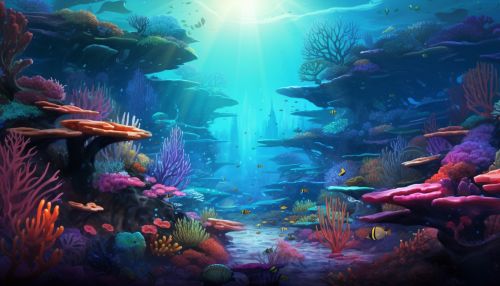
Corals, in particular, are known for their ability to form large, complex reef structures. These reefs are among the most biodiverse ecosystems on Earth, supporting thousands of species of fish, invertebrates, and algae. However, anthozoans are also vulnerable to environmental changes, such as ocean acidification and warming, which can lead to coral bleaching and reef degradation.
